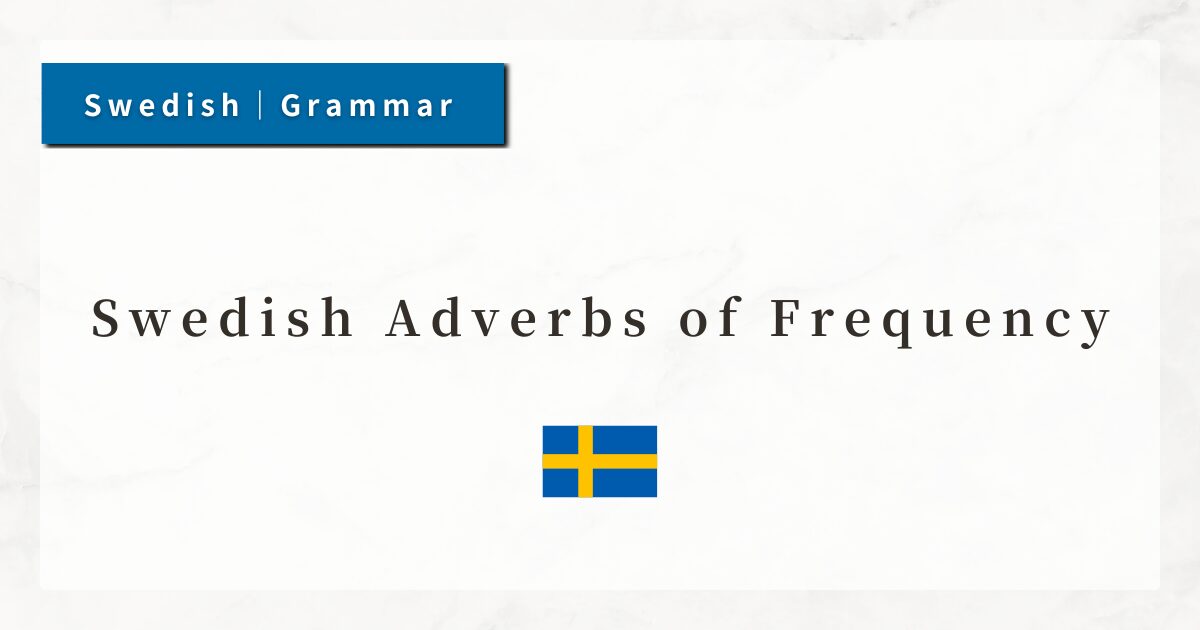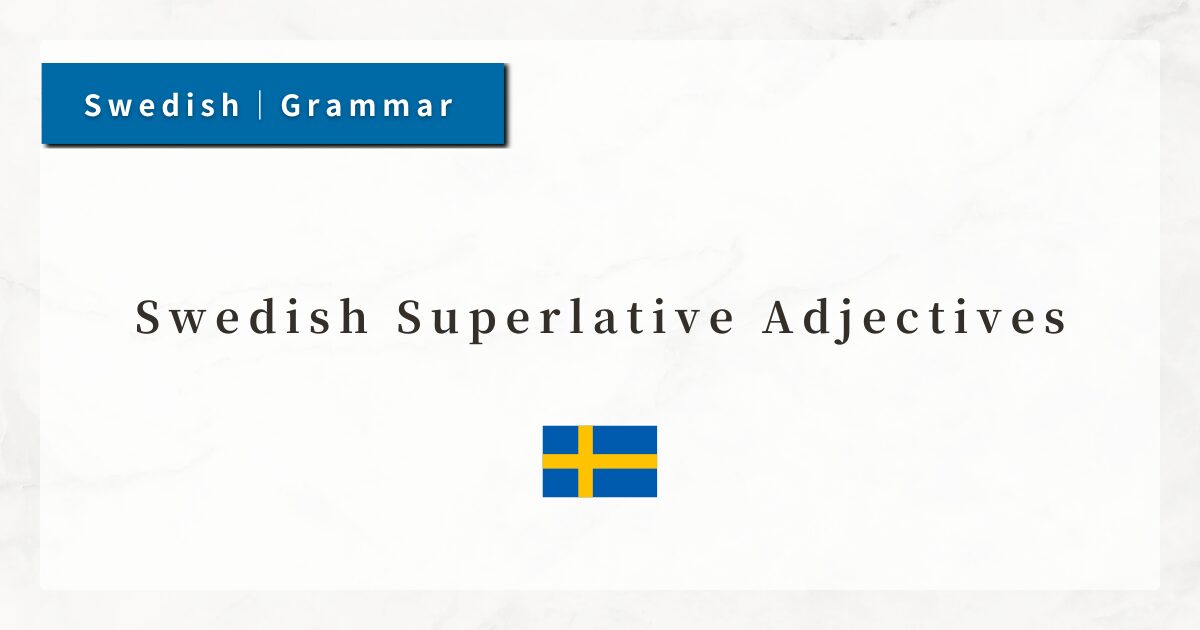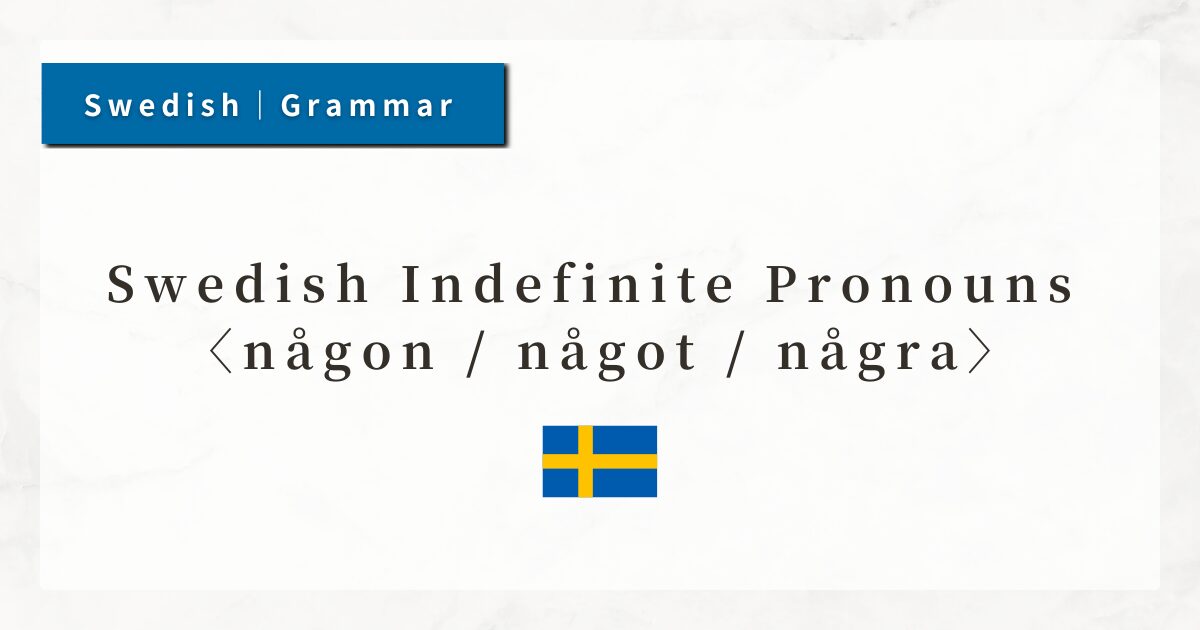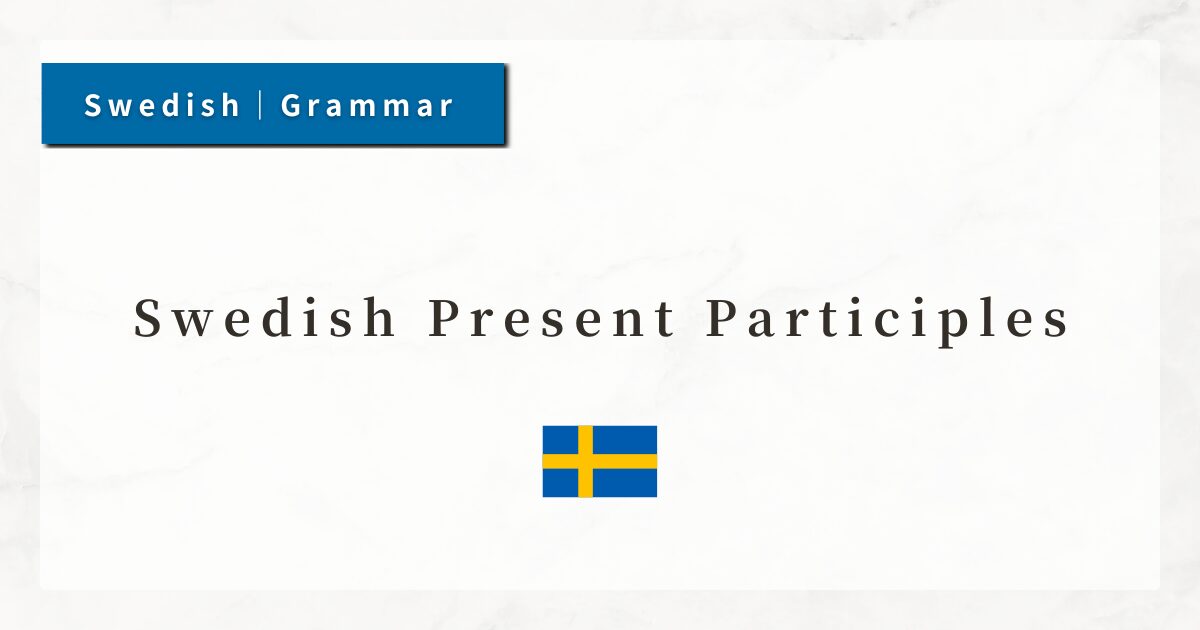#38 Swedish Adverbs of Frequency|Common List and How to Use Them

In Swedish conversation, expressing “how often” something happens is an important part of communication.
By using adverbs of frequency correctly—such as “I always drink coffee in the morning,” “I sometimes watch movies,”or “I never drink alcohol”—you can make your speech more precise and natural.
In this lesson, I will explain the meanings and usage of common adverbs of frequency, their position in a sentence, and the nuances they convey.
1. The Five Basic Adverbs of Frequency
Swedish has several adverbs of frequency, and the following five are the most common. Here is a guide to their meanings and approximate frequency.
| Adverb | Meaning | Frequency image |
|---|---|---|
| alltid | always | 100% |
| ofta | often | about 70–90% |
| ibland | sometimes | about 30–50% |
| sällan | rarely | about 10–20% |
| aldrig | never | 0% |
These correspond to the English adverbs always, often, sometimes, rarely, and never.
2. Word Order Rules for Adverbs
2-1. Basic word order: Subject + Verb + Adverb
In Swedish, adverbs of frequency usually come immediately after the verb.
- Jag äter alltid frukost.
(I always eat breakfast.) - Han tränar ofta på gymmet.
(He often trains at the gym.) - Vi går ibland på bio.
(We sometimes go to the cinema.)
Thus, in affirmative sentences, the order is “subject + verb + adverb.”
2-2. Negative word order: Verb + inte + Adverb
In negative sentences, the negation word inte is placed before the adverb.
This modifies the frequency itself, giving the nuance of “not always,” “not often,” etc.
- Jag äter inte alltid frukost.
(I don’t always eat breakfast.) - Han går inte ofta på bio.
(He doesn’t often go to the cinema.)
Placing the adverb before inte makes the sentence sound unnatural, so be careful.
3. Be Careful with sällan / aldrig (No Double Negatives)
The adverbs sällan (“rarely”) and aldrig (“never”) already contain a negative meaning.
Therefore, they cannot be used together with inte, as that would create an unnatural double negative. Instead, sällan or aldrig alone express negation.
- Jag tränar sällan.
(I rarely exercise.) - Vi äter aldrig kött.
(We never eat meat.)
4. Usage Points in Context
4-1. alltid / ofta: Habitual actions
These are used for repeated or habitual actions such as daily routines.
- Han kommer alltid i tid.
(He always arrives on time.) - Jag arbetar ofta hemifrån.
(I often work from home.)
4-2. ibland / sällan: Occasional activities
These are used when actions are irregular, depending on mood or circumstance.
- Vi går ibland på restaurang.
(We sometimes go to a restaurant.) - Jag dricker sällan alkohol.
(I rarely drink alcohol.)
4-3. aldrig: Strong negation or never experienced
aldrig expresses something that has “never” happened, or a strong refusal.
- Jag har aldrig varit i Norge.
(I have never been to Norway.) - Hon äter aldrig fisk.
(She never eats fish.)
Depending on tone or context, aldrig can sound quite strong, so use it with awareness of nuance.
5. Summary
- Swedish adverbs of frequency help express habits, lifestyle, and personal tendencies.
- Their normal position is immediately after the verb.
- Do not combine inte with negative adverbs like sällan and aldrig.
- Beyond their dictionary meanings, choosing the right adverb depends on context and nuance.




